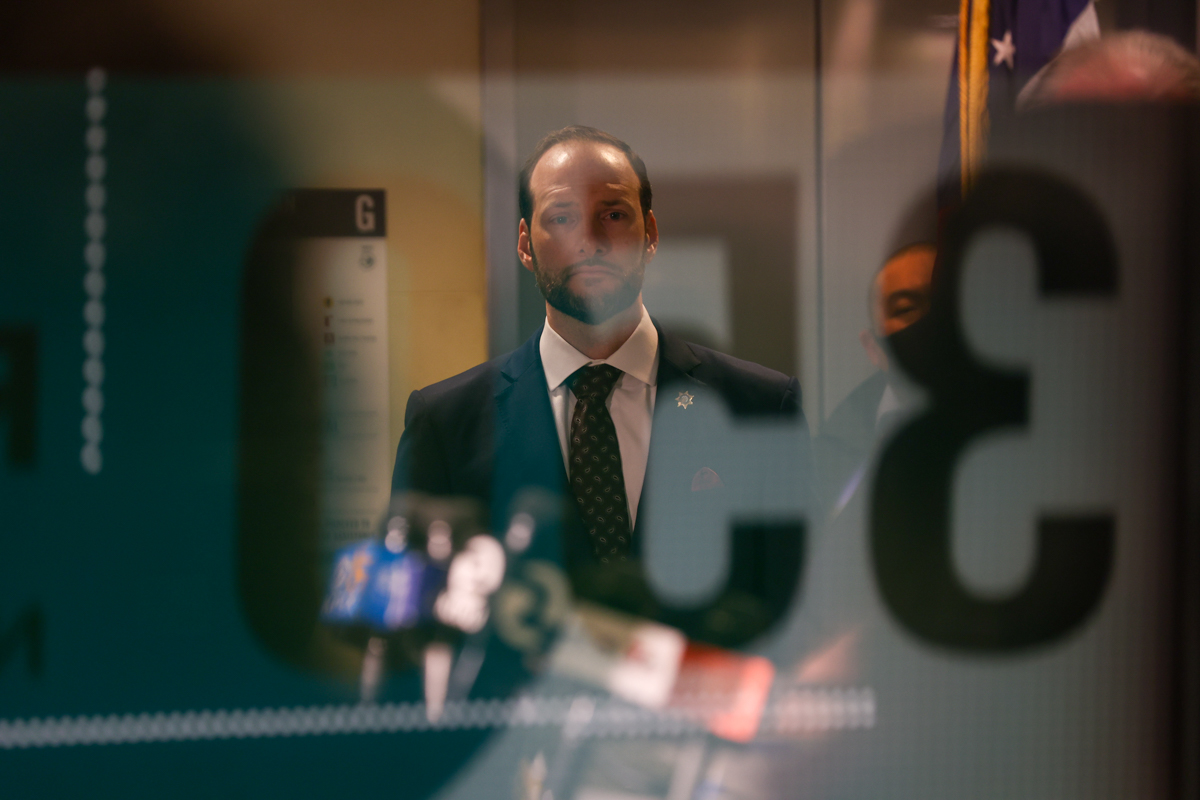District Attorney Chesa Boudin has made the city’s diversion courts a priority during his tenure, resolving more than 1,000 cases through diversion programs last year. The use of diversion has increased markedly: So far this year, 42% of cases resolved were resolved through diversion, compared to 18% in 2019, according to data published by the District Attorney. An alternative to jail custody and criminal convictions, diversion is intended as a form of rehabilitation for people arrested for low-level crimes. Many are oriented toward people suffering from mental or behavioral health disorders, as well as drug addiction and poverty. If a person successfully completes diversion, their criminal case is dismissed.
Here, The Standard breaks down the city’s three main types of diversion programs, explaining what they do and who they are designed for.
What Is Collaborative Court?
Collaborative courts, run by San Francisco Superior Court, handle cases that have already been charged and require people to go to treatment or educational services in exchange for those charges being dropped. If the person convicted of a crime doesn’t comply with the program, then they are sent back through the regular criminal process.
A judge makes the decision to admit someone into these programs.
Examples of Collaborative Courts
Behavioral Health Court
People admitted into behavioral health court are required to participate in time-intensive classes and treatment. If the person is unhoused, then a case manager from Jail Psychiatric Services works to place them into housing.
Clients must participate in the program for at least one year. If successful, they will have their case dismissed upon fulfillment of the program requirements, which are determined by a team of representatives from various agencies, including the public defender’s office, the district attorney’s office, Jail Behavioral Health and Reentry Services and the Adult Probation Department.
Drug Court
Drug court is for people who are determined to be suffering solely from drug addiction without underlying mental conditions. This court focuses on teaching life skills and methods of dealing with trauma. Participants in this program submit to random drug tests and are required to remain arrest-free. Those in the outpatient treatment program, which requires sobriety for at least 45 consecutive days, are required to attend three recovery-oriented meetings per week.
Before a defendant has their charges dropped, they must test substance-free for 90 consecutive days.
What Are Pre-Entry Programs?
Pre-entry programs are run by the district attorney’s office and allow a defendant to enter restorative justice services before they are charged with a crime.
When a case comes to the district attorney’s office, and they decide that the defendant is a low-level offender or has little criminal history, they may send the defendant to a pre-entry program.
Examples of Pre-Entry Programs
Make It Right
The district attorney’s office introduced the Make It Right program in 2014 to create a dialogue between victims of crimes and their perpetrators. The program asks the victim what outcomes they would like to see from the person that harmed them. In violent cases, this could mean taking anger management classes or issuing a written statement of apology. In cases concerning theft, the program may require the offender to find a job before having their charges dropped.
Neighborhood Courts
This court employs volunteer mediators from the neighborhood to hold low-level nonviolent offenders in misdemeanor cases accountable. Cases in this court may be resolved within weeks through discussions between the mediator, the victim and the defendant.
What Is Statutory Diversion?
Statutory diversion programs are imposed by the state. Under a law enacted in January 2021, a superior court judge may send a defendant to one of the following diversion programs even if the prosecutor objects.
Examples of Statutory Diversion Programs
Pretrial Diversion
The main type of state diversion program employed in San Francisco is a pretrial diversion, which is run by the San Francisco Pretrial Diversion Project, a nonprofit that has operated since the 1970s. Participants in this program may be required to complete a range of activities, including community service, counseling and educational programs, within a two-year span.
The pretrial diversion program receives an average of 370 referrals per year, according to a 2020 report.
Mental Health Diversion
If a person is experiencing a diagnosable psychiatric condition, including an addiction severe enough to be a mental health disorder, a judge will grant them admittance into a mental health diversion court. In mental health diversion, defendants work with clinicians and receive individual assessments that guide a path to having charges dropped. Defendants are asked to report their own progress to the courts in this program.
